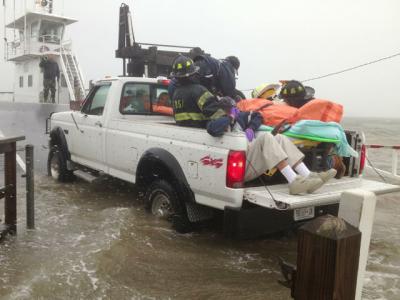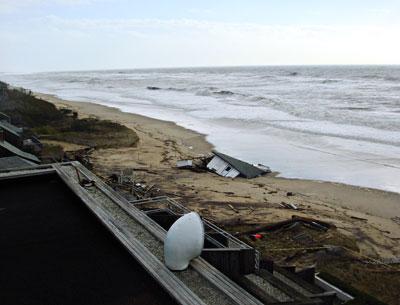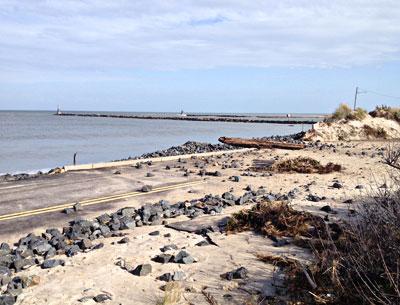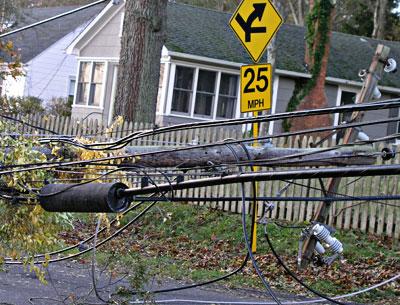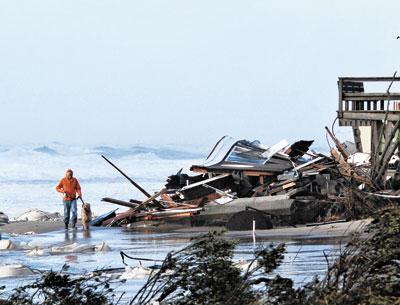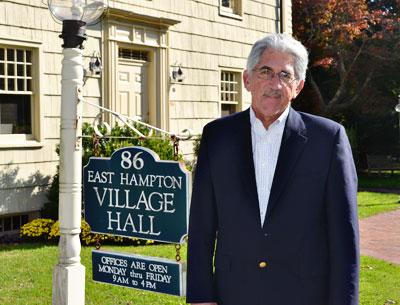Polls Open as Usual in Sandy's Wake
Polls Open as Usual in Sandy's Wake

Voting got underway early Tuesday in East Hampton Town with the disruptions from Hurricane Sandy, which shook the region a little more than a week ago, beginning to subside. Polling places remained the same as last year here, unlike in more storm-ravaged areas of Long Island, New York City, and New Jersey.
At the Amagansett Fire House, where voters three elections districts cast their ballots, a poll-watcher for the Suffolk Board of Elections said that there was a rush when the doors opened at 6:30 a.m. with all of the seats for those waiting a turn filled. Turnout had slowed by about 8 a.m. Lines that had formed for gasoline in the hamlet's three stations were considerably longer.
Betty Mazur, an Amagansett resident keeping an eye on the voting for the East Hampton Democratic Committee, said that one of the two vote-tabulating machines had stopped working for a short time just after the polls opened. It was back accepting the paper ballots in minutes, she said, once an apparent jam was cleared.
Polling Places
Town of East Hampton
District 1: East Hampton High School
District 2: Pierson High School
District 3: Amagansett Firehouse
District 4: Springs Firehouse
District 5: East Hampton Neighborhood House
District 6: Montauk Playhouse
District 7: Wainscott Old Schoolhouse
District 8: John M. Marshall Elementary School
District 9: Springs Firehouse
District 10: Montauk Playhouse
District 11: East Hampton Neighborhood House
District 12: Amagansett Firehouse
District 13: John M. Marshall Elementary School
District 14: East Hampton High School
District 15: Springs Firehouse
District 16: East Hampton Neighborhood House
District 17: Springs Firehouse
District 18: Montauk Playhouse
District 19: Montauk Playhouse
Town of Southampton (eastern)
District 1: Sag Harbor Fire Department
District 2: Community Bible Church
District 3: Bridgehampton Community House
District 4: Southampton: Hamptons Alliance Church, Water Mill
District 13: Bridgehampton Community House
District 21 Sag Harbor Fire Department (Brick Kiln Road)
District 31 North Haven Village Hall
District 36 Community Bible Church
Registered voters may search their election district and polling place at the Suffolk Board of Elections Web site at suffolkvotes.com.

